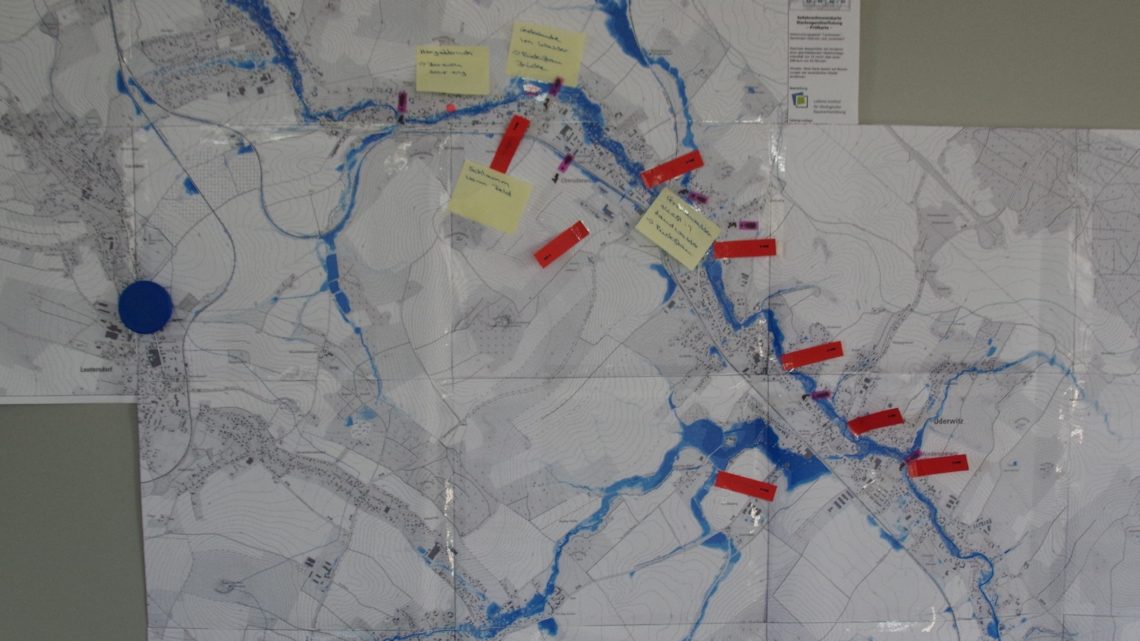
Risk area identification, mapping and designation
A proper hazard and risk assessment (with informative maps as central outputs) is the essential basis for starting an integrated risk management process. The assessment is a challenging multistep task, which requires – aside from clear objectives – input data (e.g. about historic events and damages, terrain and landuse data), methodological skills and decisions as well as resources. Based on the assessment results, the definition of an acceptable risk is necessary and the designation of land with a high risk of pluvial flooding for planning of appropriate risk mitigation measures is possible.
Check out the RAINMAN good practice examples:
RAINMAN has collected vast experiences in risk assessment and mapping. Please check out the tool ASSESSMENT and MAPPING to get an overview.
The following experiences might also be interesting for you:
READ MORE:
- Bundesministerium für Land- und Forstwirtschaft, Umwelt und Wasserwirtschaft (Ed.) (2015): 1. Nationaler Hochwasserrisikomanagementplan [The first National Flood Risk Management Plan for Austria], URL: https://www.bmlrt.gv.at/wasser/wisa/hochwasserrisiko/rmp2015/risikomanagementplan/risikomanagementplan.html (22.06.2020): Gefahrenzonenplanungen erstellen, aktualisieren
- WBW Fortbildungsgesellschaft für Gewässerentwicklung mbH und Informations- und Beratungszentrum Hochwasservorsorge Rheinland-Pfalz (Ed.) (2013): Starkregen: Was können Kommunen tun? URL: https://www.hochwasser.baden-wuerttemberg.de/documents/43970/44031/WBW-IBH-Starkregenbroschuere_1_.pdf(25.03.2020): Analyse und Bewertung möglicher Risiken
Sabine Scharfe, Saxon State Office for Environment, Agriculture and Geology


